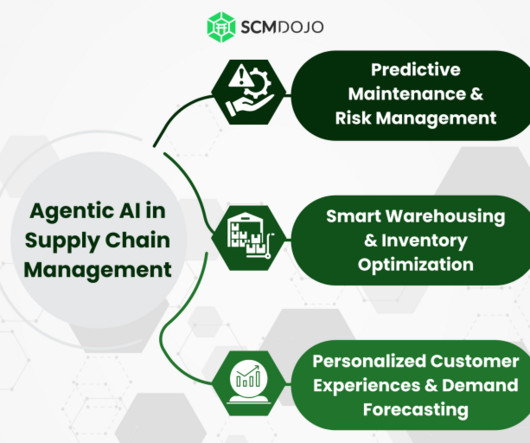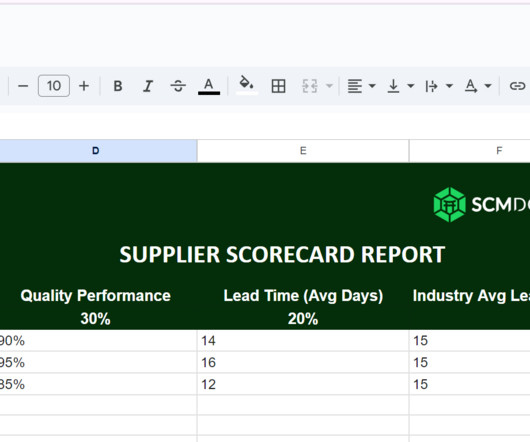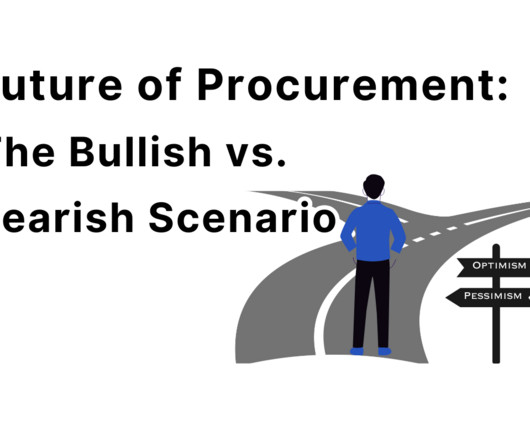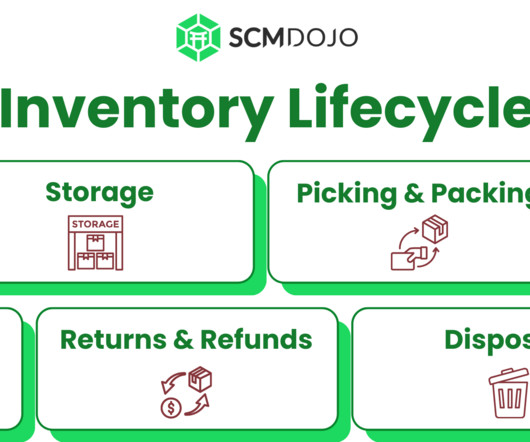Agentic AI in Supply Chains: The Future of Decision Making
SCMDOJO
FEBRUARY 16, 2025
From rule-based systems to predictive analytics and the generative AI boom, businesses have leveraged these technologies to optimize operations, forecast trends, and create data-driven strategies. This leap in AI capabilities is revolutionizing industries, and AI-driven supply chain management is no exception.
















Let's personalize your content